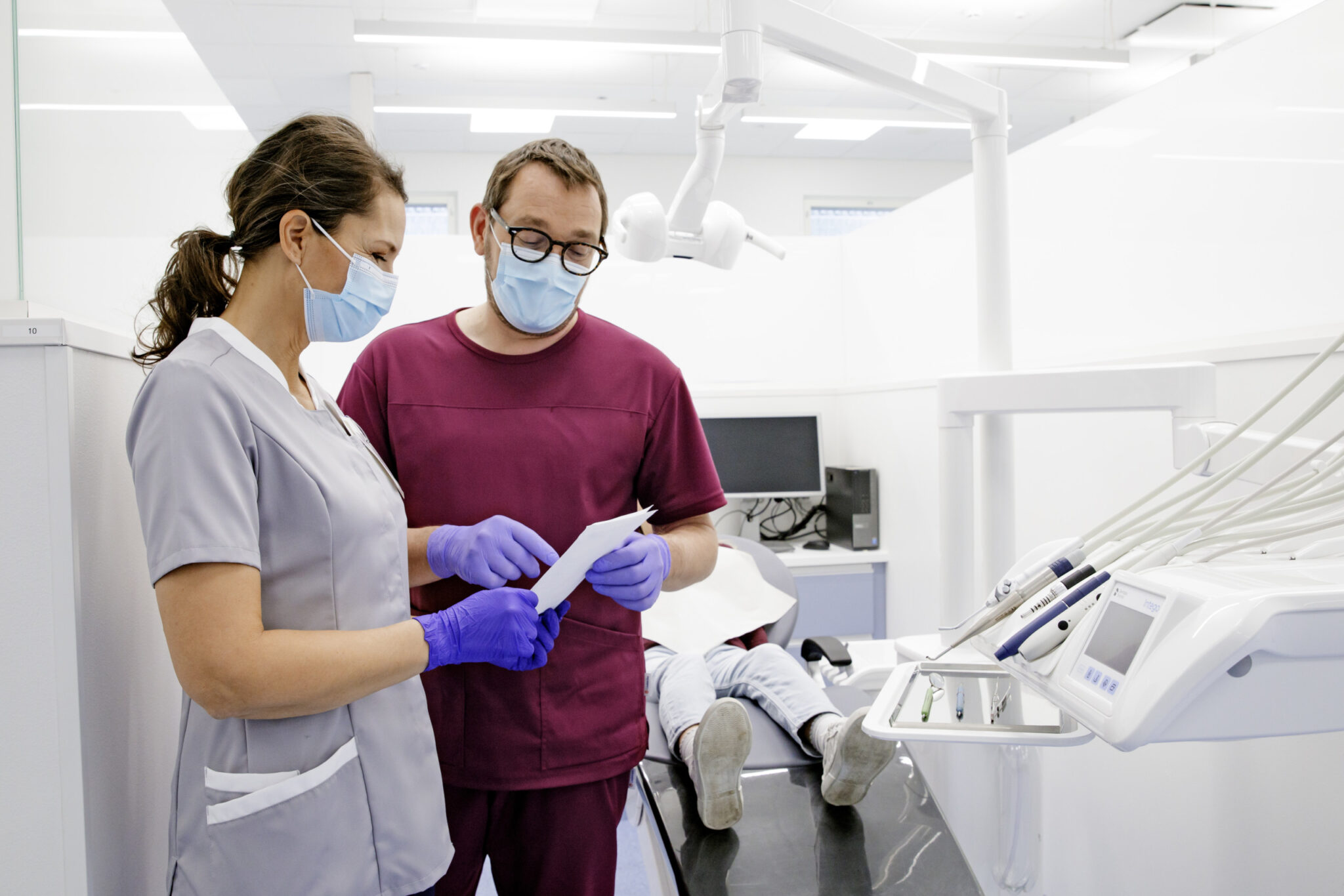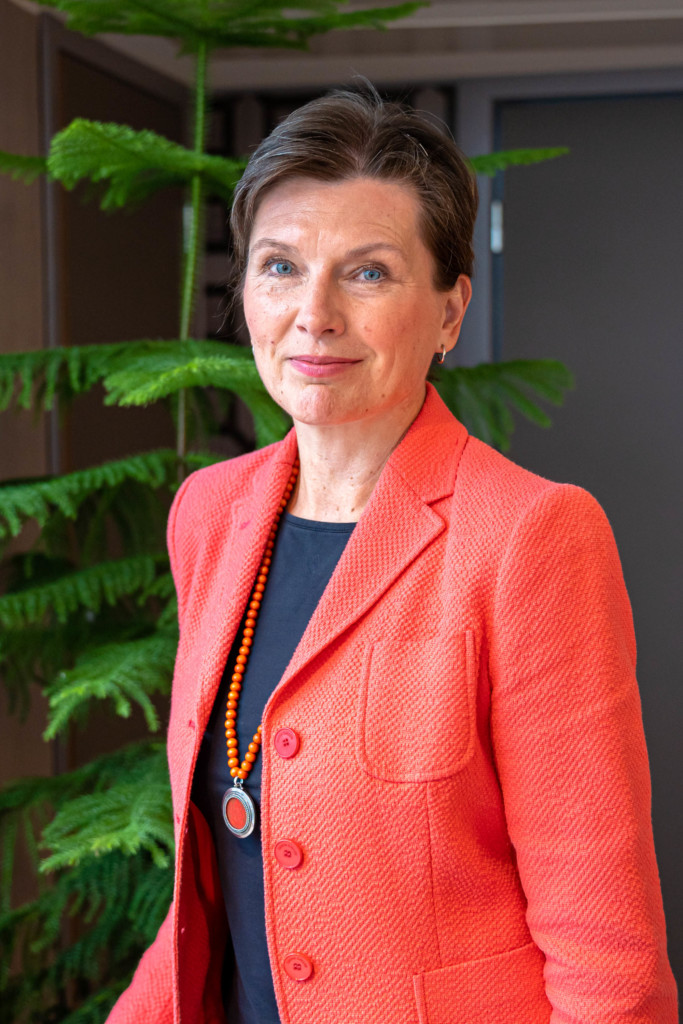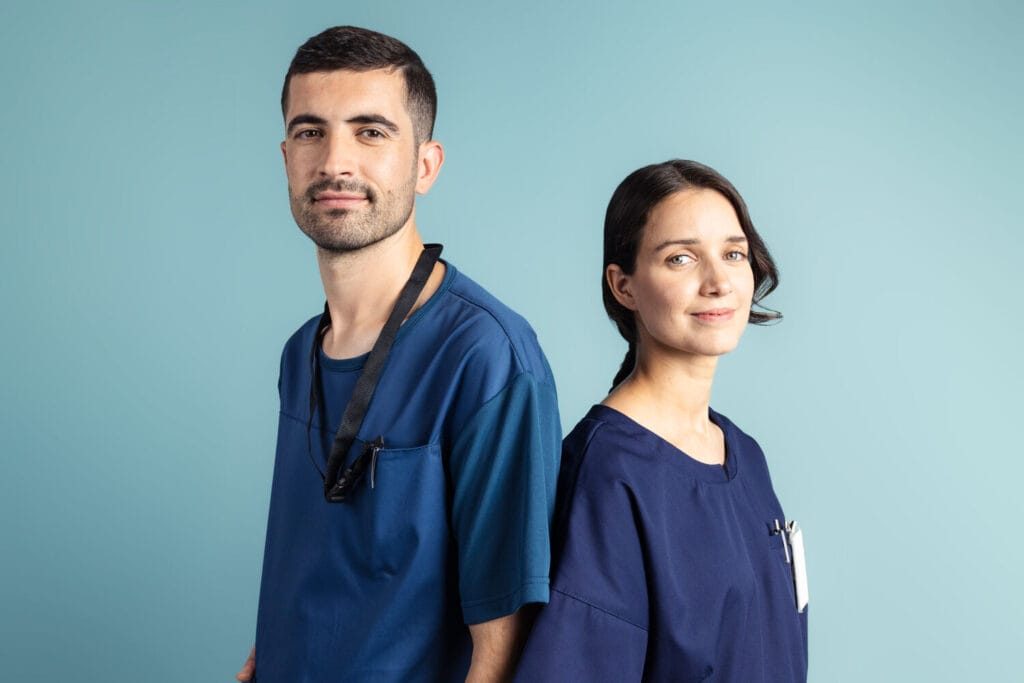
Prof. Dr Susanna Tella at Lindström Healthcare meet in Helsinki
Lindström Healthcare meet 2022 at Helsinki convened the most prominent healthcare enthusiasts and leaders across the organisation, who came together with a shared goal of learning, benchmarking, networking and tackling some of the most urgent and pressing issues facing the industry today.

We had the opportunity to host Prof. Dr Susanna Tella, chief patient and healthcare worker safety specialist at LAB University of Applied Sciences and a research fellow at the University of Eastern Finland. She has vast experience in infection control and international patient and healthcare worker safety research, development and innovations. She is also the science communication coordinator of 29 European healthcare workers’ psychological safety research networks. Here is a glimpse of our interaction with her.
The healthcare sector must take responsibility for its climate footprint – 4.4% of global net emissions. What are your thoughts?
In my opinion, the healthcare sector can reduce its footprint in many ways. First, the procurement needs to be sustainable and have a clear goal, criteria and evaluation. Second, their service models need a transformation from the point of view of sustainability, for example, rationalising transportation. Third, new methods to reduce preventable patient safety incidents since 50% of hazards could be prevented, saving healthcare resources. Additionally, the healthcare sector must share learning from experience to support knowledge management and the ecosystem. This includes learning between healthcare organisations and healthcare education organisations.
How can the healthcare sector reduce its dependence on plastic-based protective equipment?
The Healthcare sector could reduce its dependence on plastic-based protective equipment by creating more ecological solutions with researchers and companies. Having a clear mission and vision and building long-term cooperation with multidisciplinary stakeholder consortiums can accelerate the development. At the moment, biobased materials are developed for future personal protective equipment in a Business Finland-funded project – BioProt. It is an exciting opportunity for the healthcare sector. Also, alternative options to reuse the equipment are developed.
What role does healthcare uniforms and linen play in patient safety, Prof. Dr. Susanna Tella?
Healthcare uniforms and linen are essential for patient safety from a psychological and physiological point of view. Visually fit-for-purpose uniforms (for example, clean, recognised as staff members, professional image, modern, flexible) can build trust in patients and their families. Still, these elements are also crucial for professionals and students. In addition, in healthcare, uniforms need to be a barrier to unexpected exposure of splash, sneeze, and secretions. Novel fabrics, for example, have antimicrobial properties that may have the potential to prevent transmission of hospital-acquired infection and cross-contamination.
Can you share insights about the SLIPPS project?
Sharing Learning from Practice to Improve Patient Safety (SLIPPS) was a 5-country EU project where researchers, educators, healthcare professionals, and students developed an international patient safety learning, support and research ecosystem. The aim was to enhance timely, systematic and collective learning about patient safety based on multidisciplinary students’ important learning events. The learning events were collected in five countries with a learning event recording tool and stored in SLIPPS learning platform to be utilised for educational and research purposes. This kind of learning event platform also provides possibilities for other industries to develop their ecological knowledge management and create a knowledge educational ecosystem.
The second victim phenomenon is related to patient safety events – What is this phenomenon, and how critical is it?
While being hospitalised, about every tenth patient faces harm by an unexpected harmful event. Patients and their families are the first victims of such events. The second victims are healthcare professionals, physicians, nurses, support personnel, students and volunteers involved in an adverse event. They can experience negative emotions such as feeling upset, guilty, worried, distressed, scared, nervous, unhappy, feelings of self-doubt, and regret. They also can experience depression or concern about their ability to perform their job. In Europe, a quarter of the adverse events are healthcare-associated infections; other types include medication errors, diagnostic errors, surgical errors, and medical device failure to act on test results.
Healthcare providers, students and volunteers often witness or are involved in patient safety incidents that can lead to catastrophic consequences. In twenty-nine European countries COST Action ERNST, researchers are working on a broader understanding of the second victim phenomenon. The ERNST aims to facilitate discussion and share scientific knowledge and best practices concerning adverse events in healthcare institutions. The goal is also to implement joint efforts to support second victims and to facilitate an open dialogue among stakeholders about the consequences of this phenomenon based on a cross-national collaboration.
Design for circularity and build to last – Susanna Tella, could you share your experience of seeing sustainability in action during a visit to one of Lindström’s facilities?
Based on my visit to Lindström facilities and discussions with the international team, Lindström seems very experienced in the circular economy. In my opinion, they can produce sustainable cleaning products and services and have a long track record in developing their processes and system. Lindström has an excellent strategy, mission and vision for constant development of its services. That is exactly what is essential for sustainability – balancing economic growth, environmental care and social well-being.






